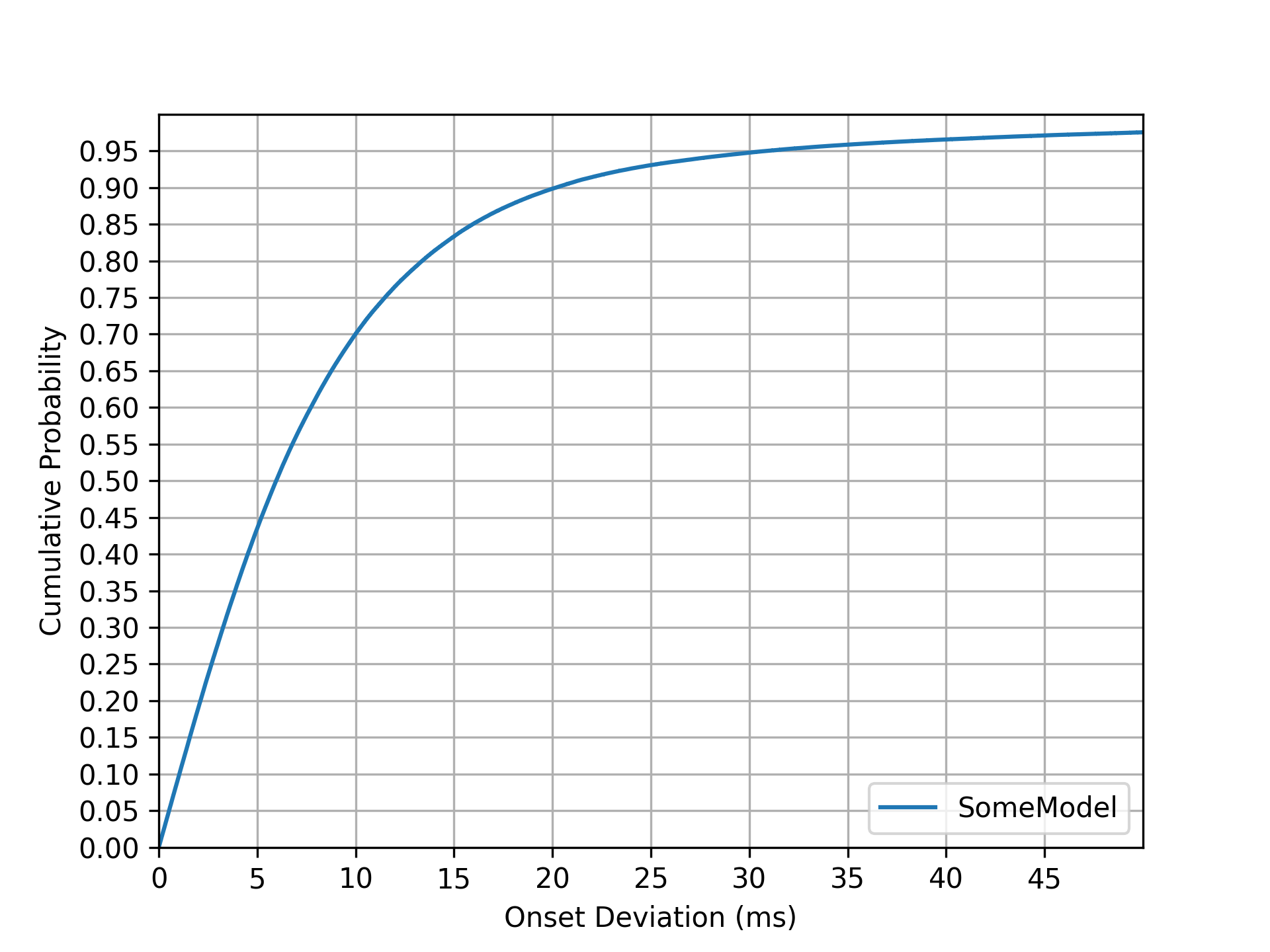This code includes an neural semi-CRF module that is optimized for the problem domain.
Here is a minimal example for using this module:
import CRF
import torch
T = 200
NBatch = 4
# representing the score for the interval [TBegin, TEnd]
# dimensions: [TEnd, TBegin, NBatch]
# only the lower triangular part is used
score = ((torch.randn(T, T, NBatch))).cuda()
# representing the score for being not an interval, dimensions [TBegin, TBegin+1]
noiseScore= ((torch.randn(T-1, NBatch))).cuda()
# a list of list of non-overlapping intervals
intervals = [
[(0,2), (4,6),(6,6), (7,8)],
[(1,2), (3,5), (19,19)],
[(0,0),(4,7)],
[],
]
crf = CRF.NeuralSemiCRFInterval(score, noiseScore)
## log probability
logP = crf.logProb(intervals)
## decoding
decoded = crf.decode()
## decoding starting from a given position, useful for segment based processing
decoded = crf.decode(forcedStartPos = [4]*NBatch)python3 -m transkun.transcribe -h
usage: transcribe.py [-h] [--weight WEIGHT] [--device [DEVICE]] [--segmentHopSize SEGMENTHOPSIZE] [--segmentSize SEGMENTSIZE] audioPath outPath
positional arguments:
audioPath path to the input audio file
outPath path to the output MIDI file
optional arguments:
-h, --help show this help message and exit
--weight WEIGHT path to the pretrained weight
--device [DEVICE] The device used to perform the most computations (optional)
--segmentHopSize SEGMENTHOPSIZE
The segment hopsize for processing the entire audio file (s)
--segmentSize SEGMENTSIZE
The segment size for processing the entire audio file (s)We assume the data contains only the same sampling rate 44100hz. Therefore for the maestro dataset it is necessary to perform sampling rate conversion to 44100hz for the last two years (2017 and 2018) .
Many exisiting works downsample the original audio files to a smaller sampling rate. And it seems quite "conventional" to do downsampling. However, from our perspective, this step is unnecessary:
-
Spectral processing for getting the mel spectrum only incurs a small computation cost. However, a good quality downsampling algorithm is more expensive than computing the mel spectrum.
-
Whether or not compute the spectrum from the downsampled version, the size of the input to the neural network is at the same range.
-
There is no need to load all data into memory as the wav file is random accessible. This work directly random acesses the wav file instead of using a specific file format.
Assuming all audio files have already been converted to the same sampling rate, we iterate the entire dataset to combine the groundtruth midi and metadata into a single file.
The following script will generate train.pt, val.pt and test.pt
python3 -m transkun.createDatasetMaestro -h
usage: createDatasetMaestro.py [-h] [--noPedalExtension] datasetPath metadataCSVPath outputPath
positional arguments:
datasetPath folder path to the maestro dataset
metadataCSVPath path to the metadata file of the maestro dataset (csv)
outputPath path to the output folder
optional arguments:
-h, --help show this help message and exit
--noPedalExtension Do not perform pedal extension according to the sustain pedalThis command will generate train.pt, dev.pt, test.pt in the outputPath.
After generating the medata files, we can perform training using the dataset. During training, the audio waveforms will be fetched directly from the original .wav files.
Firstly, generate a config template file for the model:
mkdir testcheckpoint
python3 -m transkun.generateConfig transkun.Model_ablation > checkpoint/conf.jsonThen we call the training script.
python3 -m transkun.train -hWe also provide an out-of-box tool for computing metrics directly from output midi files.
usage: computeMetrics.py [-h] [--outputJSON OUTPUTJSON] [--noPedalExtension] [--nProcess [NPROCESS]] [--computeDeviations] estDIR groundTruthDIR
compute metrics directly from MIDI files.
Note that estDIR should have the same folder structure as the groundTruthDIR.
The MIDI files to evaluate should have the same extension as the ground truth.
Metrics outputed are ordered by precision, recall, f1, overlap.
positional arguments:
estDIR
groundTruthDIR
optional arguments:
-h, --help show this help message and exit
--outputJSON OUTPUTJSON
path to save the output file for detailed metrics per audio file
--noPedalExtension Do not perform pedal extension according to the sustain pedal for the ground truch
--nProcess [NPROCESS]
number of workers for multiprocessing
--computeDeviations output detailed onset/offset deviations for each matched note.Currently, we do not support evaluation of multitrack MIDIs.
Use the following script to plot the ECDF curve for onset/offset deviations:
usage: plotDeviation.py [-h] [--labels [LABELS [LABELS ...]]] [--offset] [--T T] [--output [OUTPUT]] [--noDisplay] evalJsons [evalJsons ...]
plot the empirical cumulative distribution function on onset/offset deviations
positional arguments:
evalJsons a seqeunce of the output json files from the computeMetrics script, the deviation output should be enabled
optional arguments:
-h, --help show this help message and exit
--labels [LABELS [LABELS ...]]
specify labels to show on the legend
--offset plot the offset deviation curve. If not specified, onset deviation curve will be plotted
--T T time limit(ms), default: 50ms
--output [OUTPUT] filename to save
--noDisplay Do not show the figure.If you find this repository helpful, please consider citing:
Yujia Yan, Frank Cwitkowitz, Zhiyao Duan, Skipping the Frame-Level: Event-Based Piano Transcription With Neural Semi-CRFs, Advances in Neural Information Processing Systems, 2021,
Bibtex:
@inproceedings{
yan2021skipping,
title={Skipping the Frame-Level: Event-Based Piano Transcription With Neural Semi-{CRF}s},
author={Yujia Yan and Frank Cwitkowitz and Zhiyao Duan},
booktitle={Advances in Neural Information Processing Systems},
editor={A. Beygelzimer and Y. Dauphin and P. Liang and J. Wortman Vaughan},
year={2021},
url={https://openreview.net/forum?id=AzB2Pq7UFsA}
}